Rise Beyond the Reef
Building resilience and empowering women through sustainable livelihoods
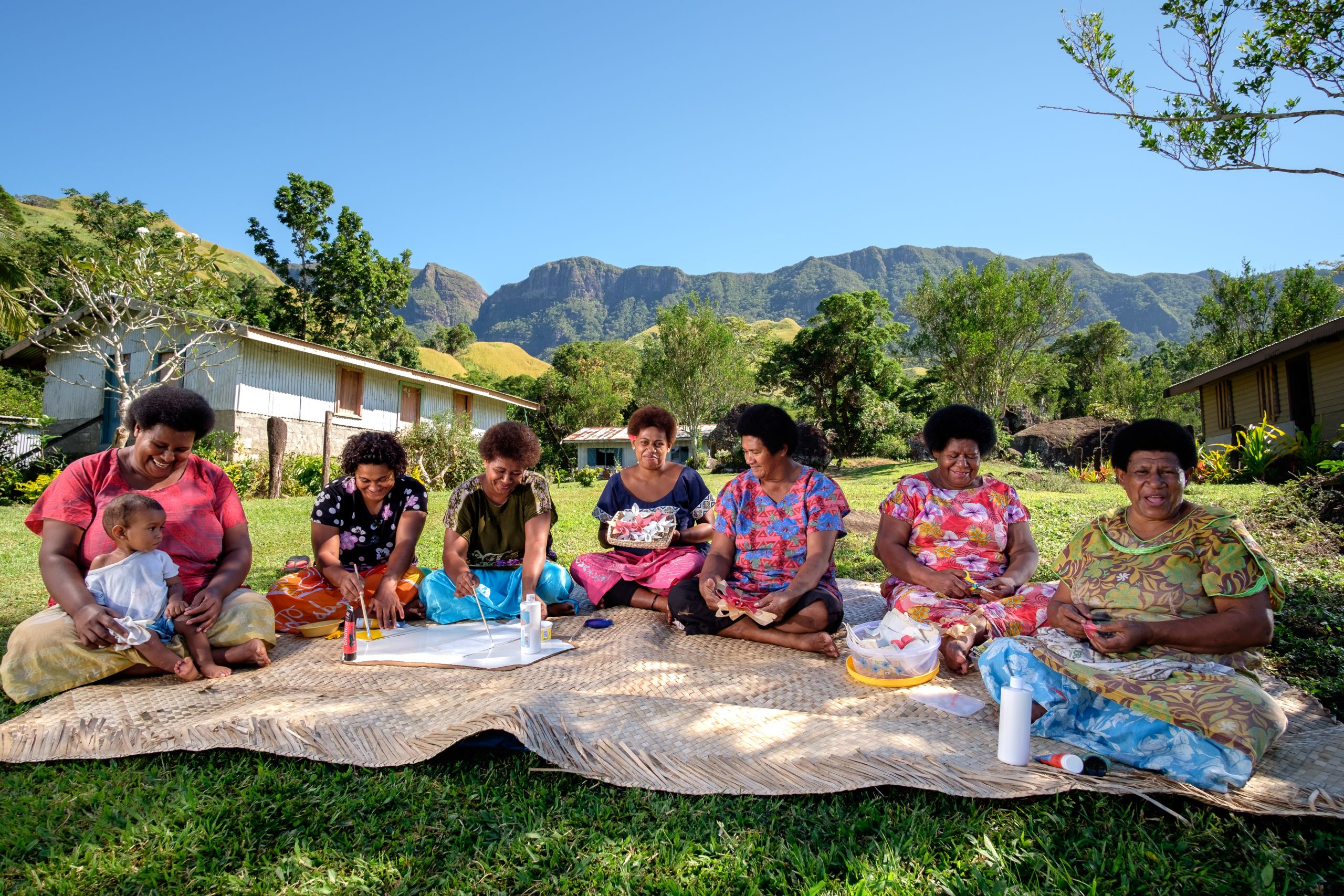
Stronger than Winston
In 2016, Tropical Cyclone Winston - the most intense tropical cyclone ever recorded in the Southern Hemisphere – reached its peak intensity shortly before making landfall on Fiji’s main island Viti Levu, inflicting extensive damage and killing 44 people.
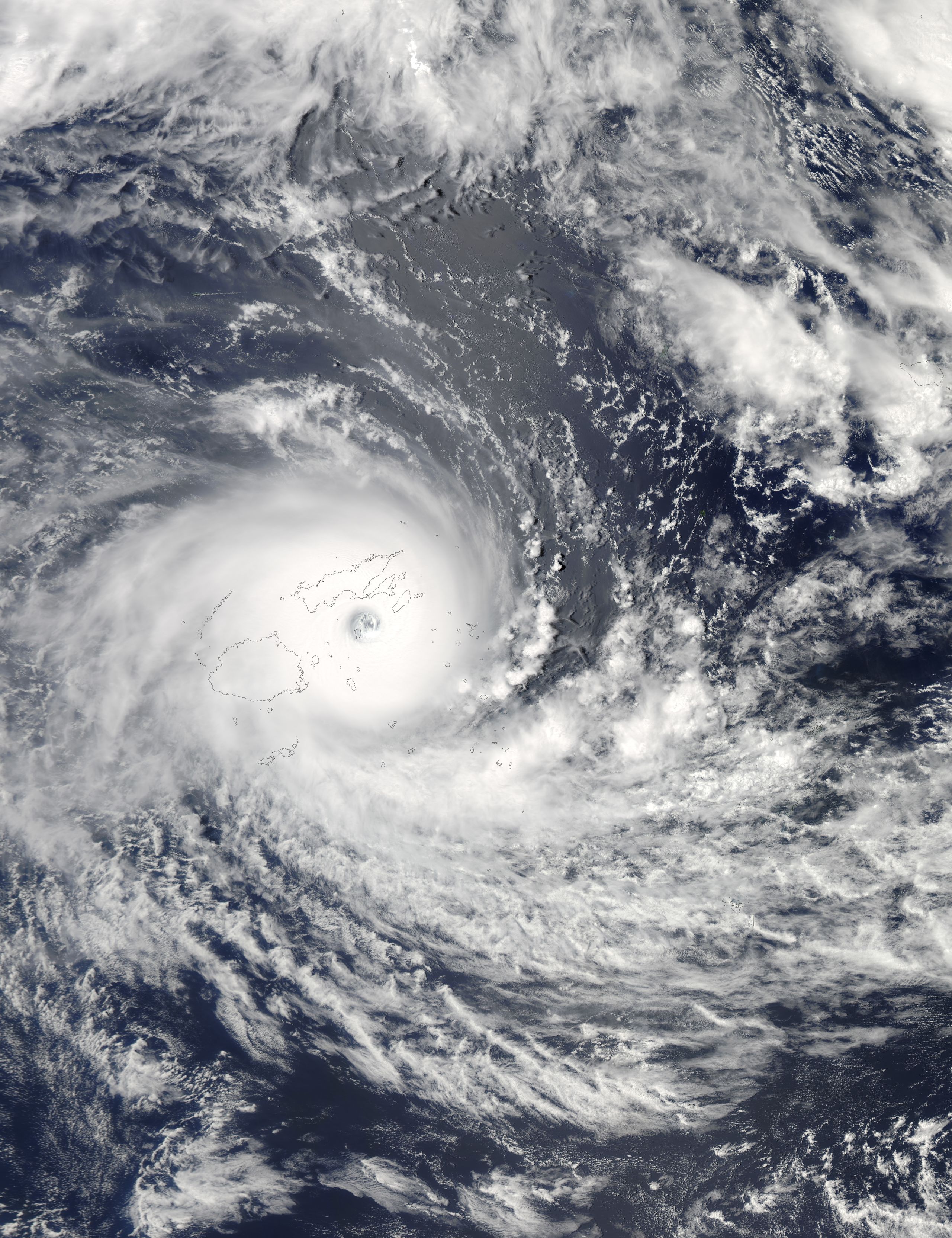
Tropical Cyclone Winston, Credit: NASA image byJeff Schmaltz, LANCE/EOSDIS Rapid Response
The cyclone’s impacts were felt from reefs to ridges throughout the entire country.

Communities in these areas continue to face immediate, medium, and long-term impacts to their environment and livelihoods.
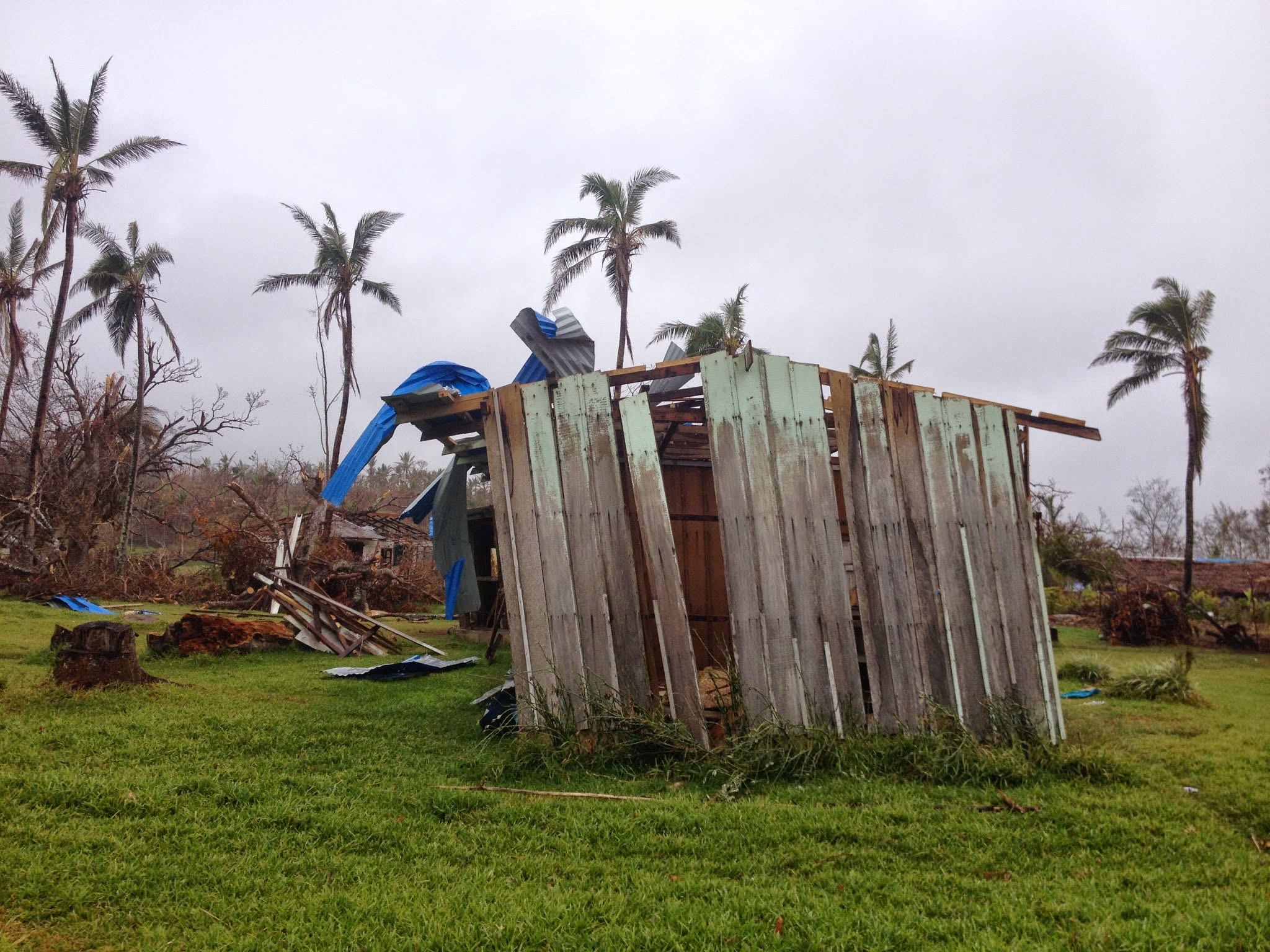
In Winston’s wake, the communities in Viti Levu’s Ra Province reported zero income; neighbouring Ba Province reported a 75-80% reduction.
Tropical Cyclone Winston’s strong winds and tidal surges destroyed fish breeding grounds and decimated coconut groves. In the coastal areas of Ra Province, communities could no longer rely on the steady income from fishing and selling coconuts.
Communities in the mountains of Ra and Ba lost perishable root crops and kava plants. Their teak, pine, and mahogany plantations were damaged and could not be salvaged post-cyclone due to damaged roads.
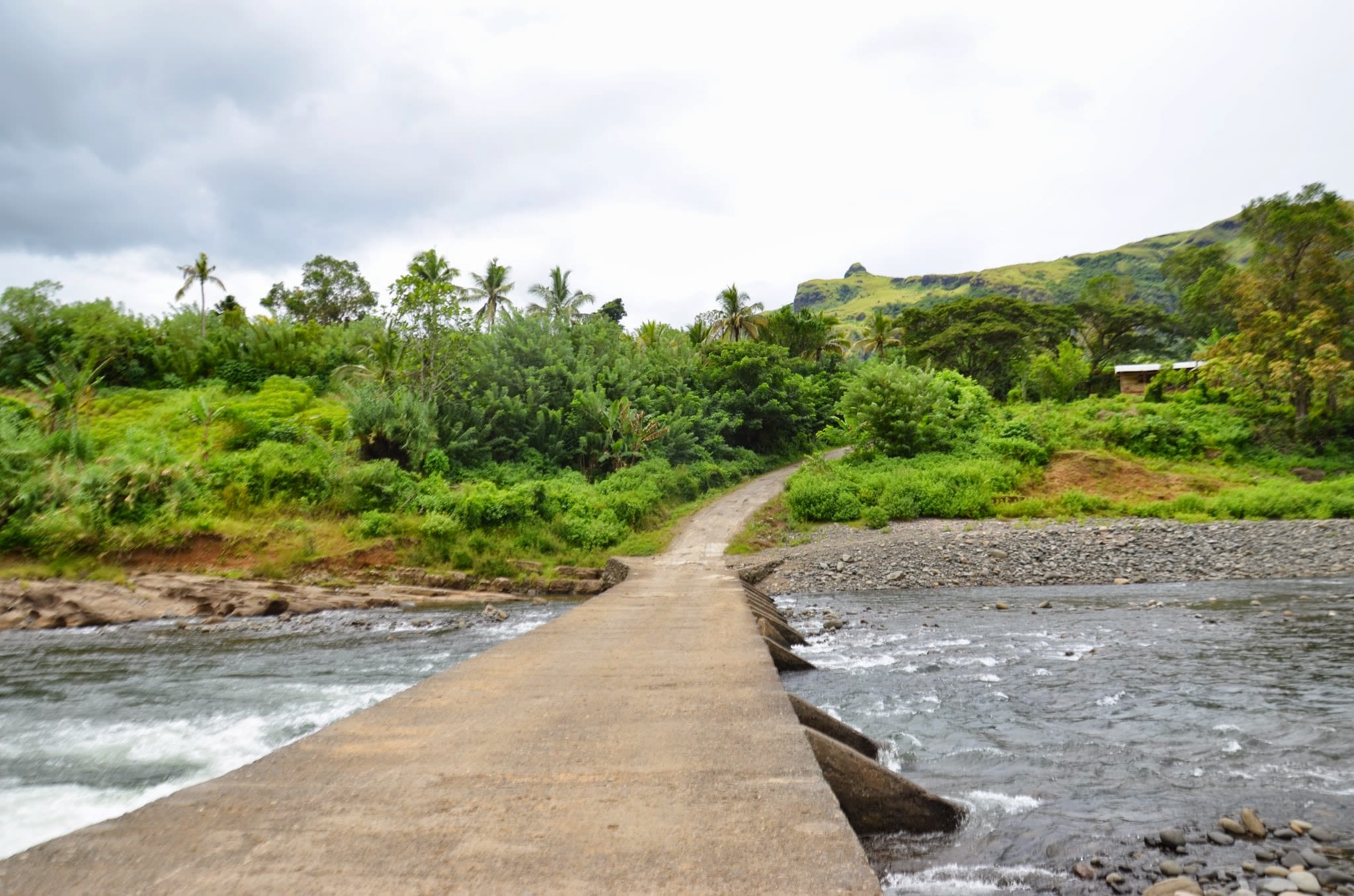
Resilient Recovery
For Ra and Ba - and other rural Fijian communities – recovery depends not only on the essential step of rebuilding, but also on creating resiliency for the future.
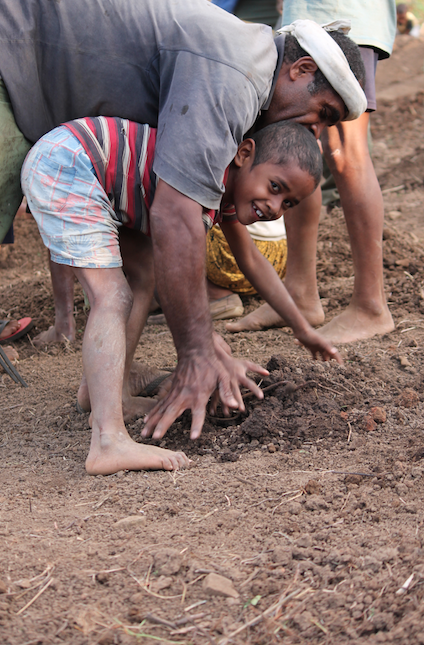
Resiliency in this context comes from establishing more stable alternatives that are more resistant to the ongoing effects of climate change, including setting up alternative income sources, exploring more resilient cash crops, and providing education and training opportunities – thereby establishing economically empowering pathways for women, including cash industries for women and girls.
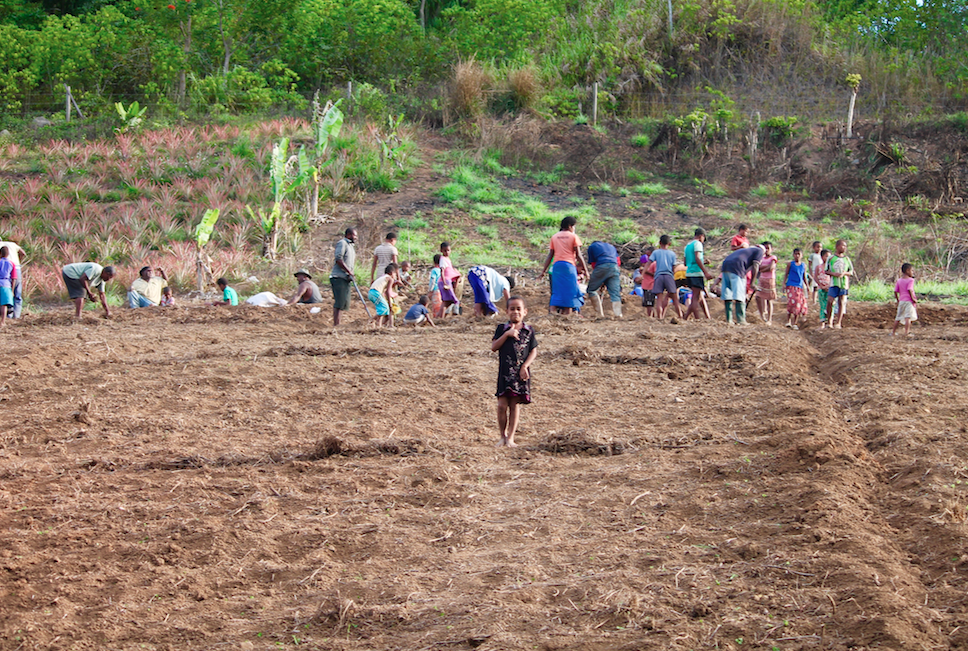
This focus on women is vital, because:
‘women and children have greater risks to their survival and recovery in the aftermath of natural disasters’.
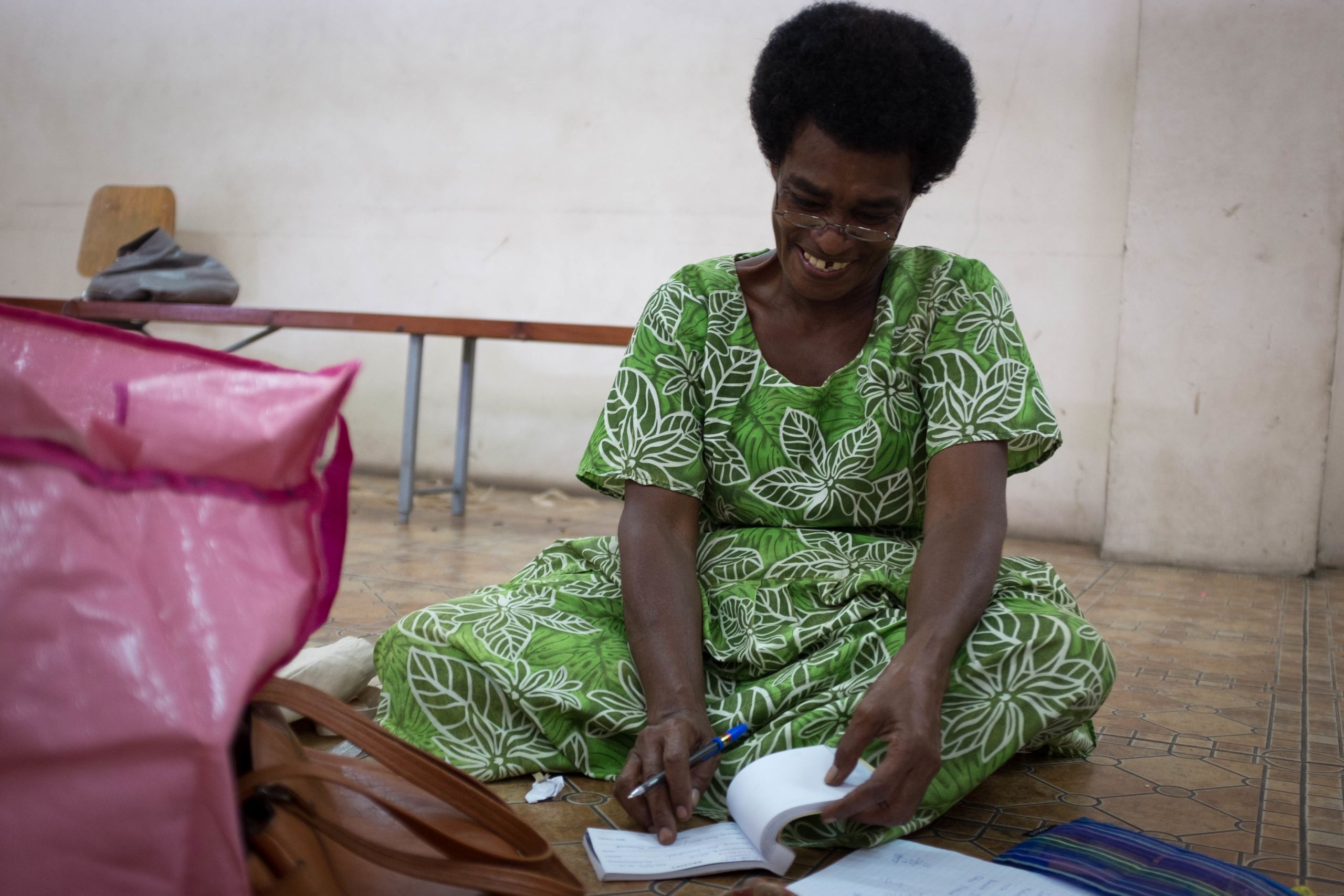
For the future, building resiliency will be the key to helping rural Fijian communities weather challenges like Tropical Cyclone Winston.

Tropical Cyclone Winston, Credit: NASA image byJeff Schmaltz, LANCE/EOSDIS Rapid Response
Tropical Cyclone Winston, Credit: NASA image byJeff Schmaltz, LANCE/EOSDIS Rapid Response






Rising after the storm
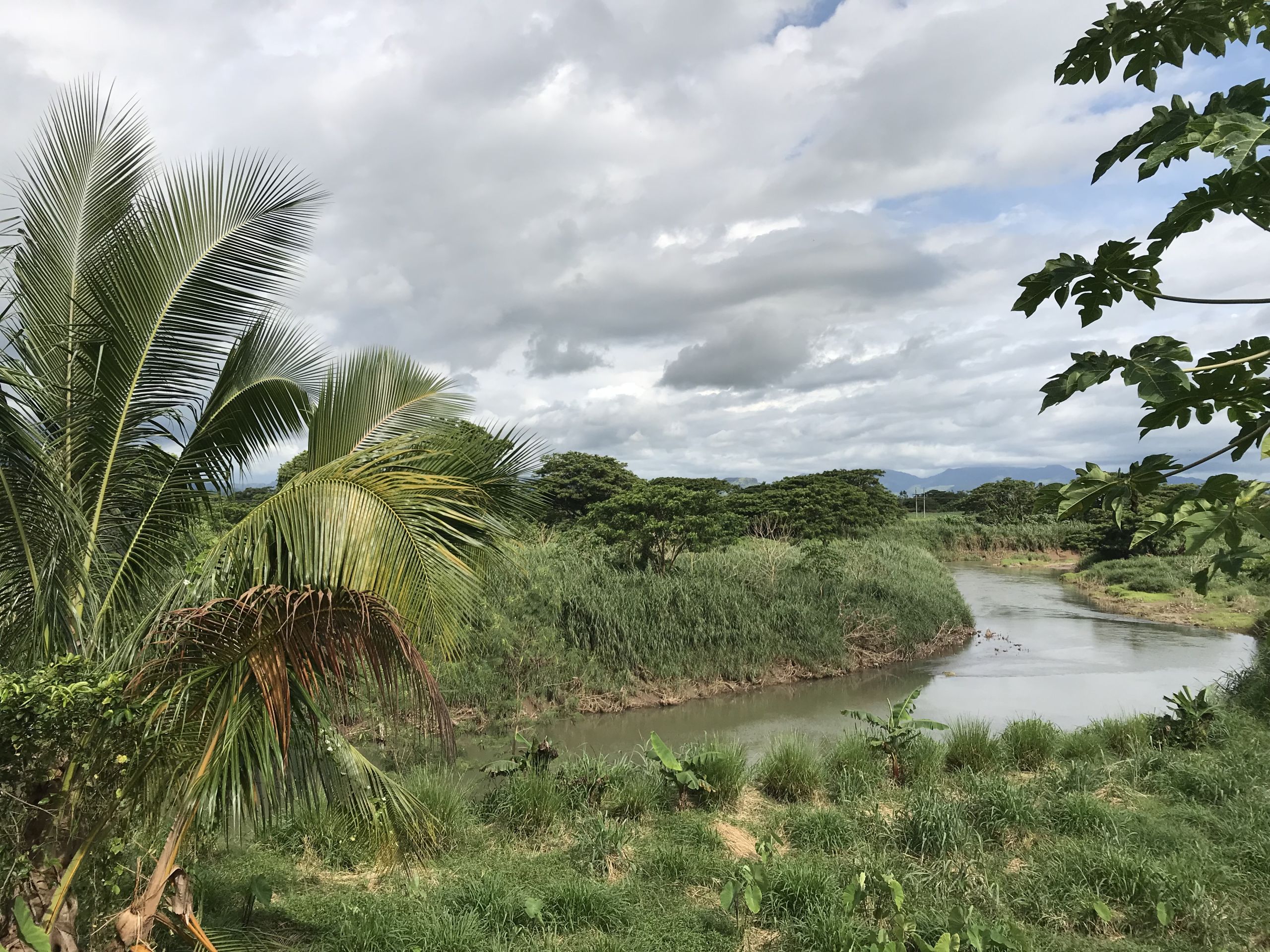
In Sabeto town, in the Ba Province of Viti Levu Island, a thriving non-profit, Rise Beyond the Reef (RBTR) knows how imperative building this resilience is, and is working to alleviate poverty in remote communities through a variety of programmes.
From its beginnings in late 2014 with five villages, RBTR is now working with 16 rural remote communities in Fiji.Artisan producers in the communities utilise local, natural materials sourced from their environment. RBTR also works with them to replant the trees they use, as well as indigenous tree species.
Connecting the women of Fiji's highlands to the world
Handmade by women in some of the most beautiful and remote forests and water catchments in Fiji, these products speak to the region’s socio-economic and ecological strengths.
RBTR focusses on the lives of women and children, re-establishing traditional Fijian agriculture and handicrafts, and making connections to world markets to foster economic growth and financial independence.
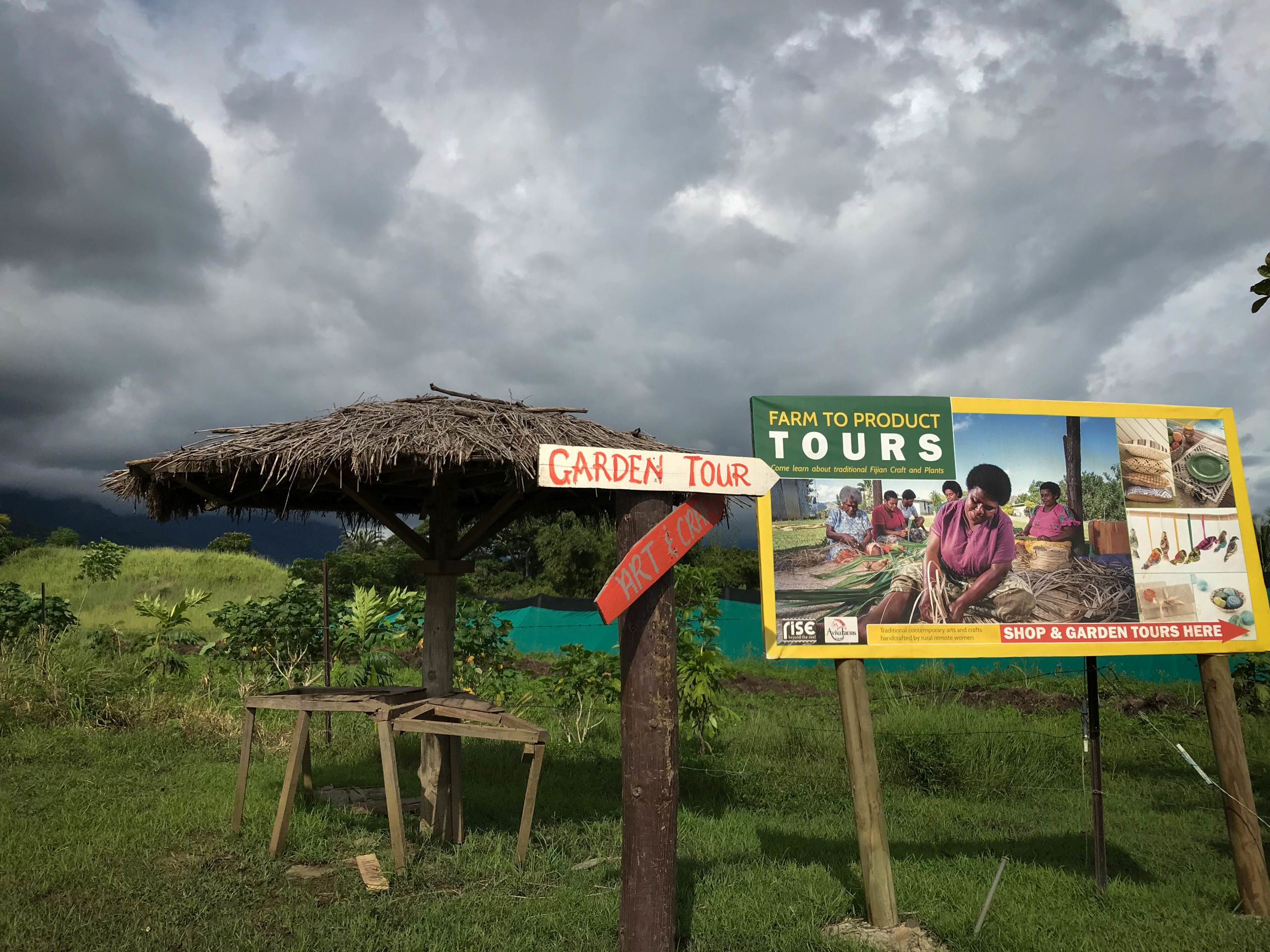
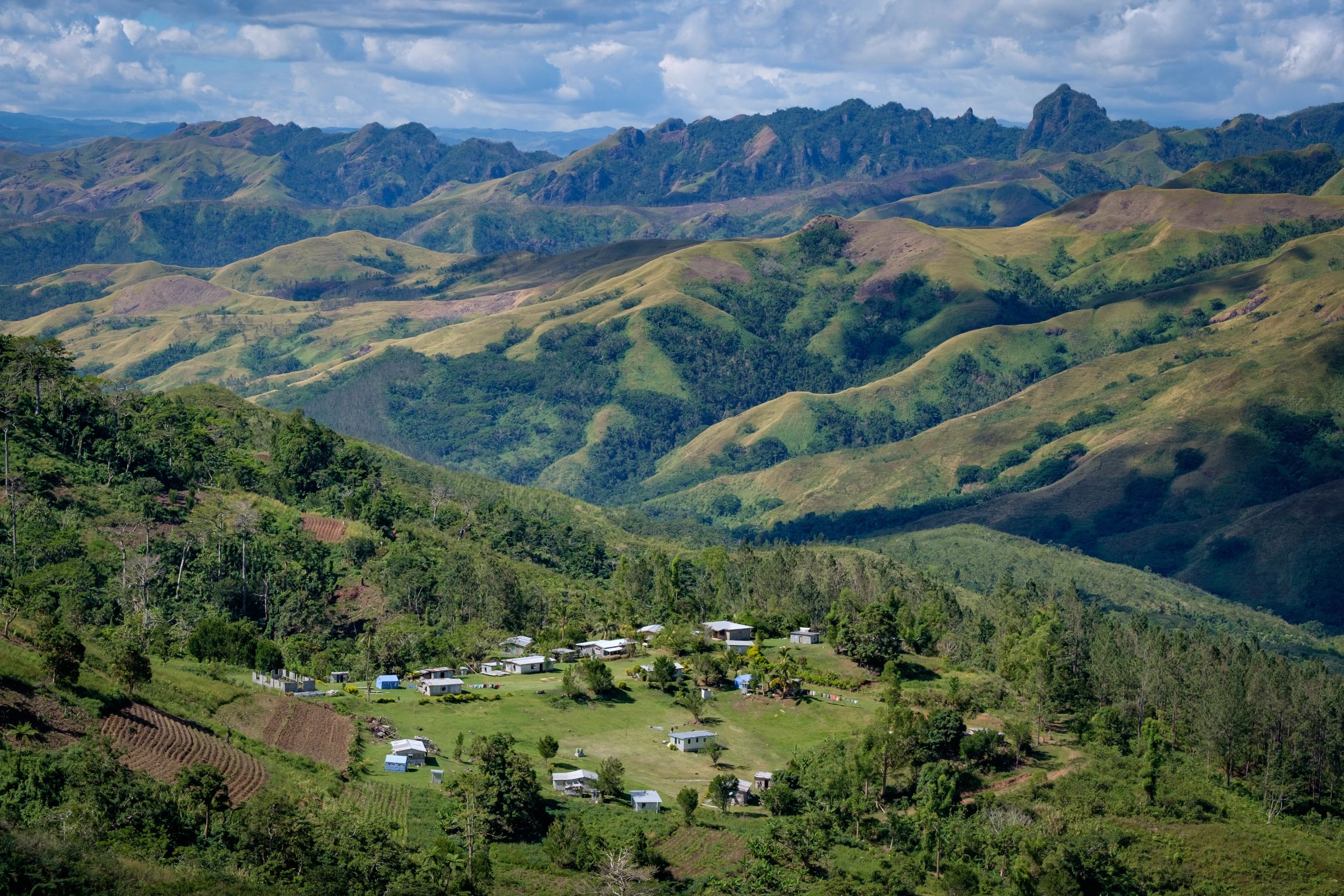
A Rising Giant
For RBTR, the ‘aim is to build a dialogue and exchange of community through each purchase. It’s more than just supporting women’s economic empowerment - it’s also about developing a network of connections to these women and to communities largely isolated from the outside world. Each craft has its own story. When you buy a community-made product, your purchase supports the crafters - primarily rural and remote women - and their community. It helps us to work with even more rural and remote women throughout Fiji’.
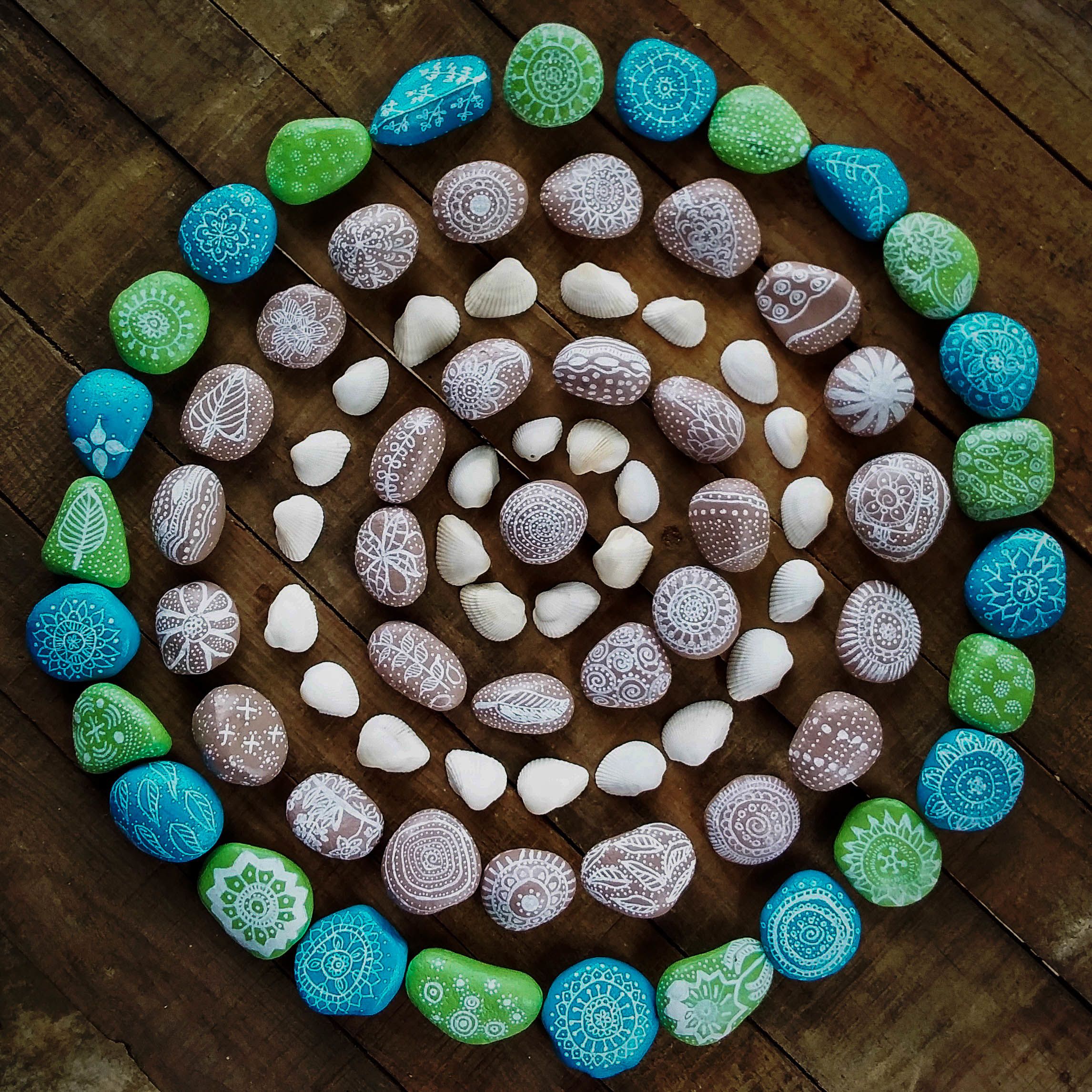
Weaving Voice and Choice into Action
In 2017, RBTR received the support of the Small Grants Programme (SGP) for a project that reintroduces traditional crops to simultaneously address both local and global needs, along with emergency preparedness training and facility development.
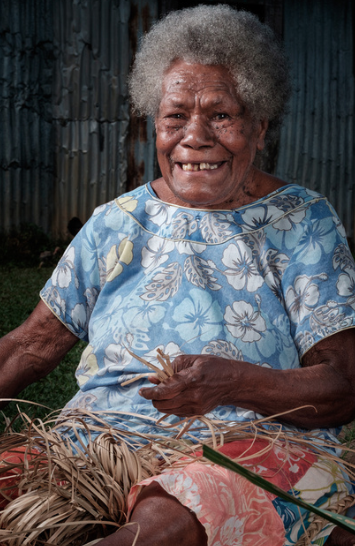
Rara Bubu: RBTR's oldest producer, knowledge keeper in Ba communities
Reintroducing traditional crops, and expanding local farmers’ agricultural skills and crops, results in more diverse - and therefore more resilient - income sources. The most recent diversification efforts include introducing vanilla and floriculture crops.
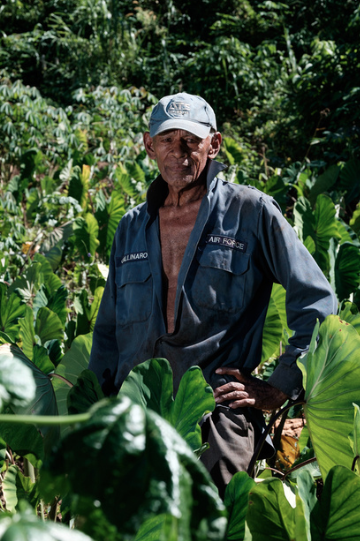
Maqa, Navilawa: farmer in his Tokatoka farm, part of intercropping project introduced with vanilla.
This work highlights the synergy between the environmental benefits of intercropping (decreasing the amount of chemical fertilisers required, decreasing time spent on cultivation, reduced runoff and soil erosion) and the economic benefits of crop diversification (overall income enhancement, reduced income variance, improved household welfare), leading to higher margins for farmers, better access to credit, and simultaneous environmental improvements.
Agriculture programs include technical training and monitoring, as The inclusion of technical training and monitoring in agricultural programmes, coupled with agricultural extension and product marketing instruction, has been shown to optimize yields and profits while ensuring provision of local and global environmental benefits and services.
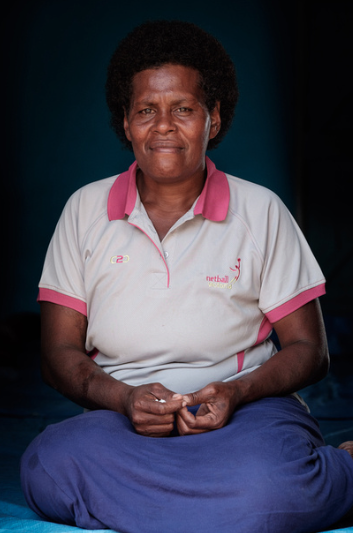
Lusi, Verevere: post Winston in village leveled by Winston, participant in income generating program, two years post storm - income they earn from RBTR Shelter from the Storm products are still primary household income source.
The efforts provide women with leadership opportunities, income development opportunities, and skills and training through the promotion and preservation of traditional arts and skills.
Efforts also focus on empowering women through training and leadership development, in an effort to help them to take more control of their lives, and to resist traditional social structure and kinship norms that result in high rates of domestic violence. When rural remote women have an income, that money goes back into the community via their own household spending.
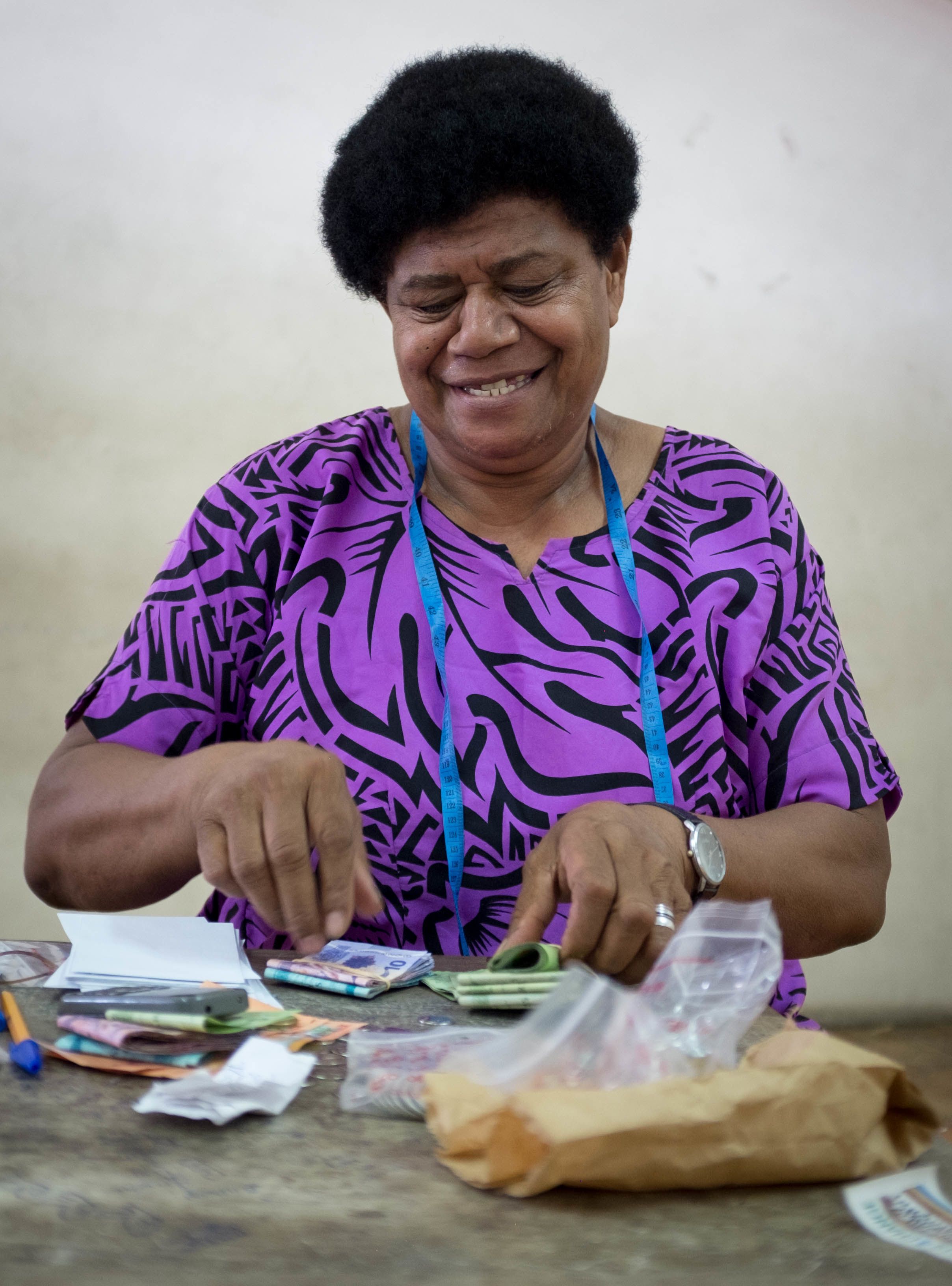
Liti Nautumauro, Community Coordinator in Nautumauro is a highly respected leader within Yakete District and representative to the Provincial Council for Ba. A member of Tukuraki village and the District Development Committee, she is RBTR’s on-the-ground eyes and ears, helping to mobilize projects and ensure that communities themselves take ownership of the opportunities RBTR links them to.

Rara Bubu: RBTR's oldest producer, knowledge keeper in Ba communities
Rara Bubu: RBTR's oldest producer, knowledge keeper in Ba communities

Lusi, Verevere: post Winston in village leveled by Winston, participant in income generating program, two years post storm - income they earn from RBTR Shelter from the Storm products are still primary household income source.
Lusi, Verevere: post Winston in village leveled by Winston, participant in income generating program, two years post storm - income they earn from RBTR Shelter from the Storm products are still primary household income source.

Maqa, Navilawa: farmer in his Tokatoka farm, part of intercropping project introduced with vanilla.
Maqa, Navilawa: farmer in his Tokatoka farm, part of intercropping project introduced with vanilla.

Liti Nautumauro, Community Coordinator in Nautumauro is a highly respected leader within Yakete District and representative to the Provincial Council for Ba. A member of Tukuraki village and the District Development Committee, she is RBTR’s on-the-ground eyes and ears, helping to mobilize projects and ensure that communities themselves take ownership of the opportunities RBTR links them to.
Liti Nautumauro, Community Coordinator in Nautumauro is a highly respected leader within Yakete District and representative to the Provincial Council for Ba. A member of Tukuraki village and the District Development Committee, she is RBTR’s on-the-ground eyes and ears, helping to mobilize projects and ensure that communities themselves take ownership of the opportunities RBTR links them to.
Buying Community Made
The products are made out of the locally-available masi (rosy periwinkle) and voivoi (pandanus) leaves, and include decorative voivoi table runners and mats, masi necklaces and flower pendants, and masi flowers mounted on voivoi clutch purses, hats, and other products.
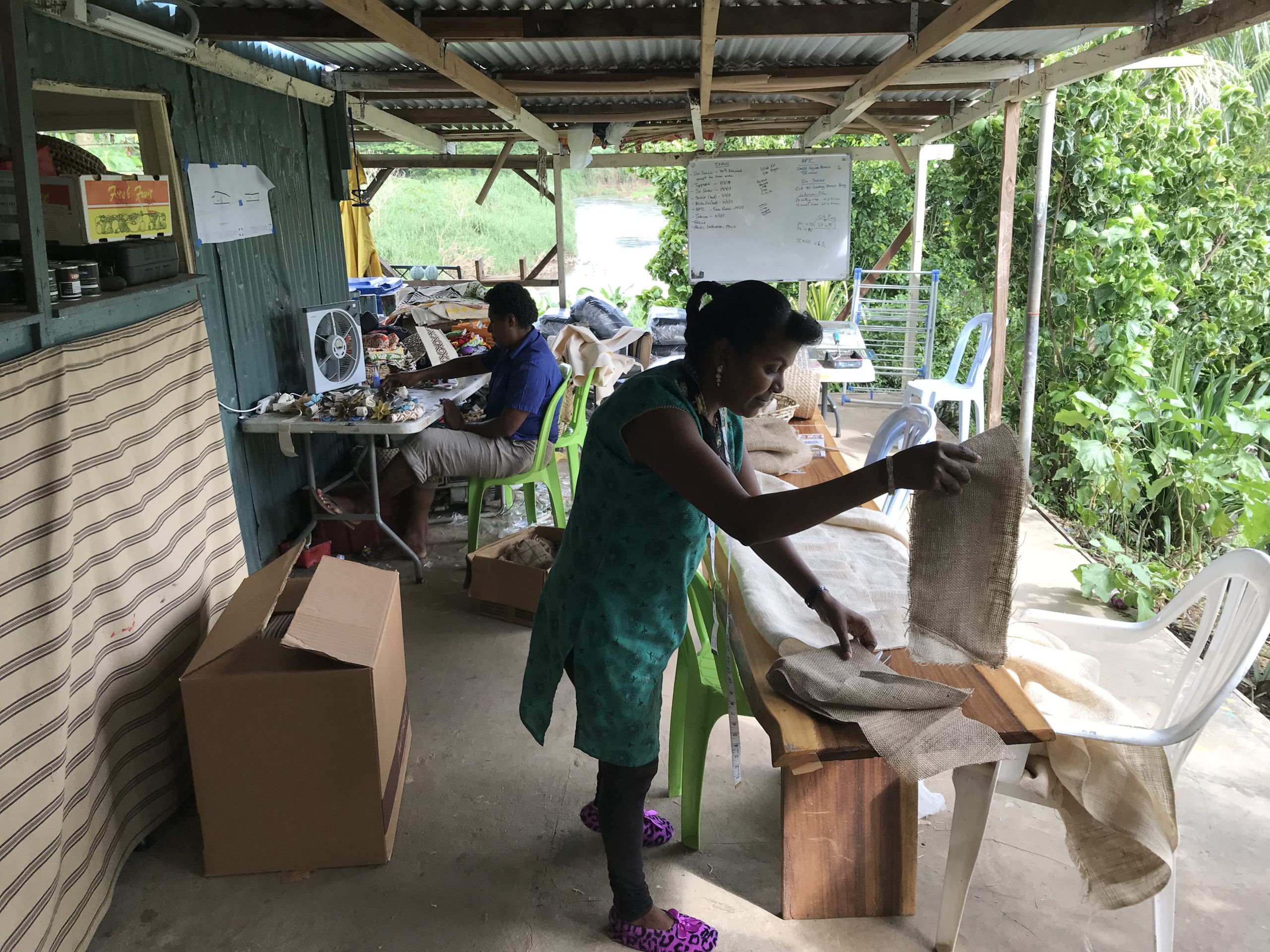
Each craft that the women’s collective is involved in has a unique story behind it – where it was made and by whom. In order to make that story a vital part of the market transaction, and to help the communities - where these products are developed - to become known and better understood, RBTR helps create story links through online information, item tags, and other creative platforms.
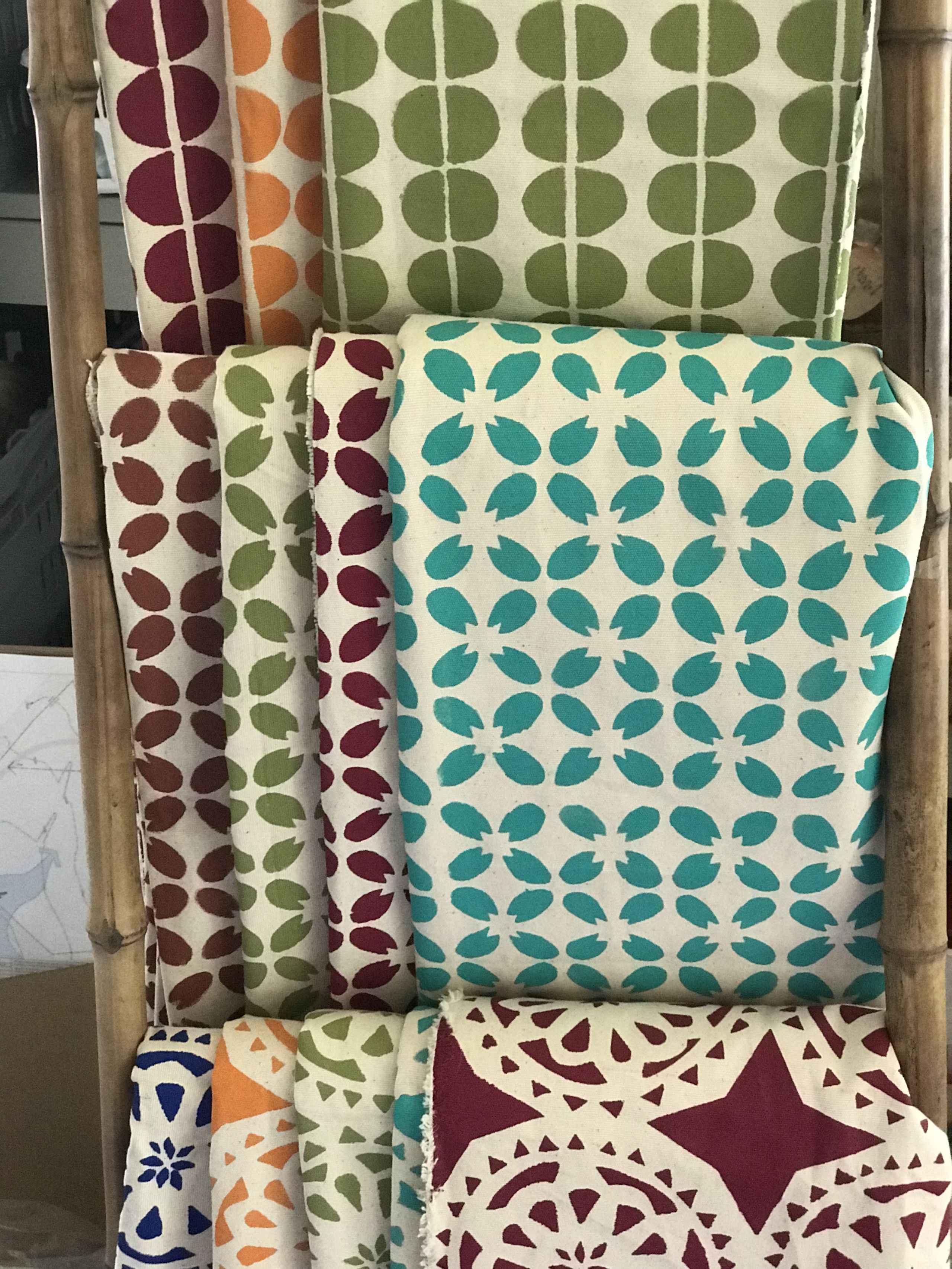
The story has become central to the creation and sale of every traditional product.
‘By linking the women artisans to the buyers, we help communities develop sustainable business mechanisms, connecting them to the outside world’, Janet says.
On a practical level, among RBTR producers, incomes have increased between 20 and 100 per cent.
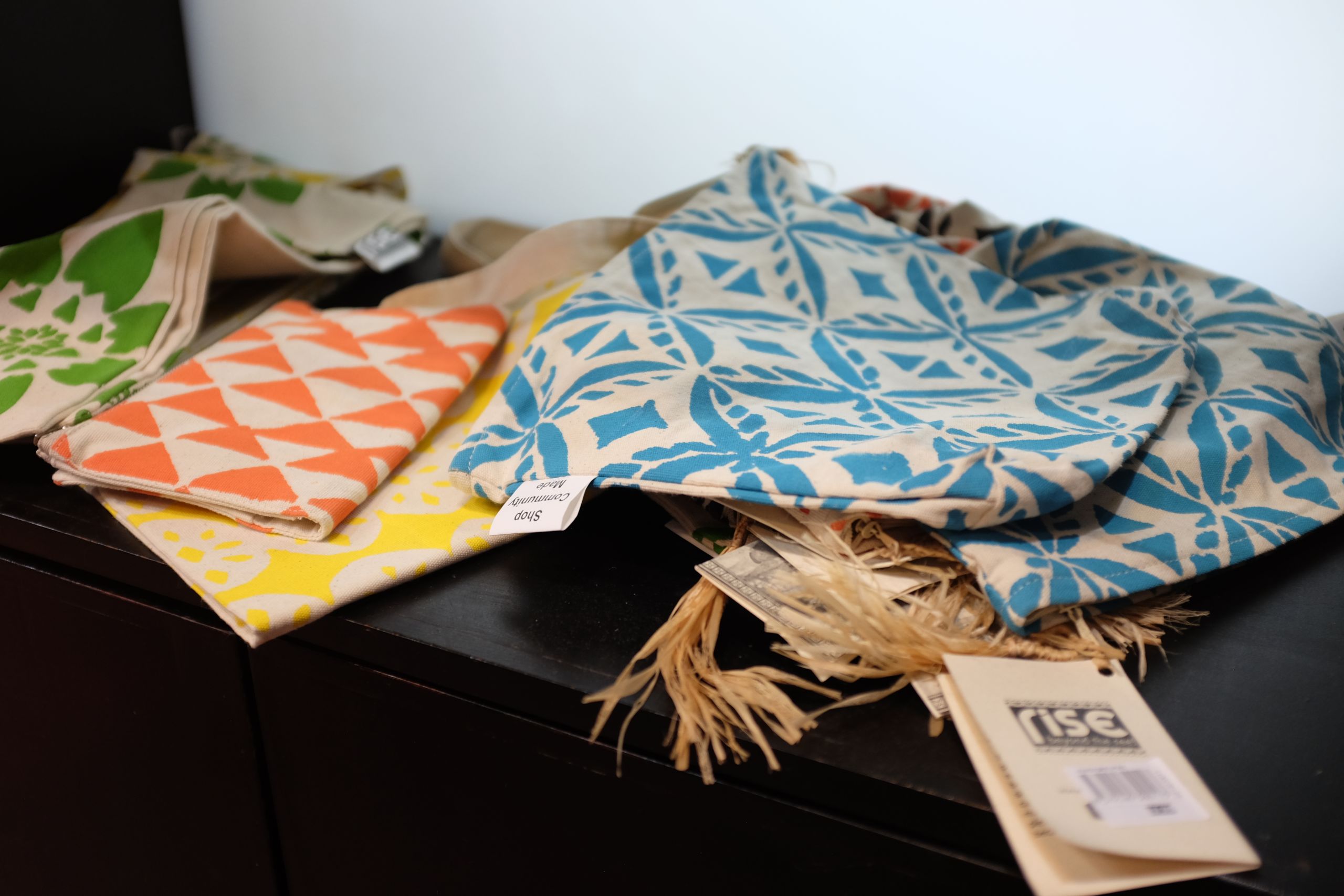
Small Grants = Big Impacts
SGP provides financial and technical support to civil society and community-driven initiatives that protect and conserve natural resources while improving quality of life in the communities. Since 2003 when SGP support in Fiji began, more than 150 projects have been implemented.
By providing financial and technical support to projects that conserve and restore the environment while enhancing people's well-being and livelihoods, RBTR and SGP demonstrate that community action can maintain the fine balance between human needs and environmental imperatives.
For more information on this specific project in Fiji, please visit the SGP project profile: Rise Beyond the Reef
Visit the SGP website for details on the Small Grants Programme.


Story by Andrea Egan, UNDP GEF SGP team / Photos: © Andrea Egan and Rob Rickman courtesy of Rise Beyond the Reef
Location: Sabeto, and Ra and Ba Provinces, Fiji
